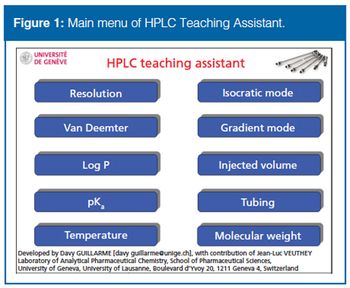
LCGC Europe
Parallel artificial liquid membrane extraction (PALME) is a miniaturized version of liquid–liquid extraction (LLE) and is based on two 96-well plates in a sandwich-like configuration. With a very simple workflow, 96 samples can be processed simultaneously in PALME, providing analyte enrichment, highly efficient sample cleanup, and direct compatibility with liquid chromatography–mass spectrometry (LC–MS). The consumption of hazardous organic solvents is also almost eliminated using PALME as the sample preparation technique. This article summarizes current experiences with PALME, based on work both in a university laboratory and in an analytical services contract laboratory.






